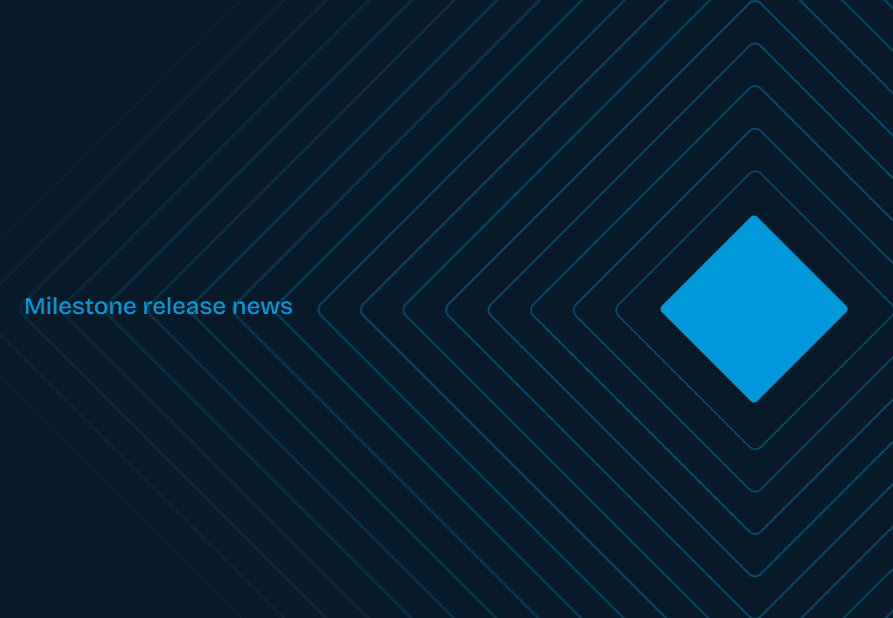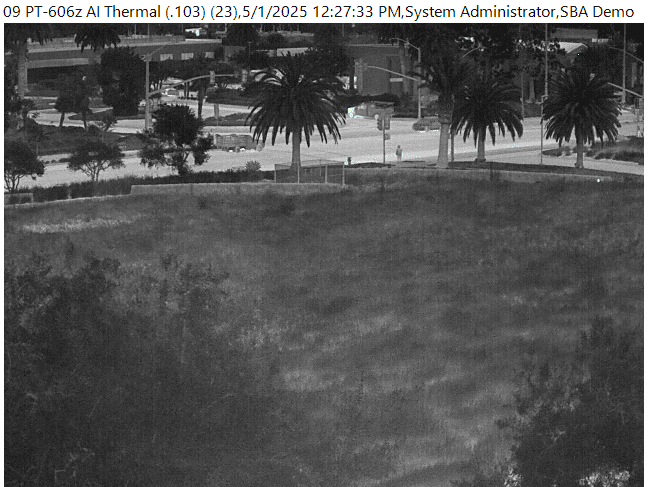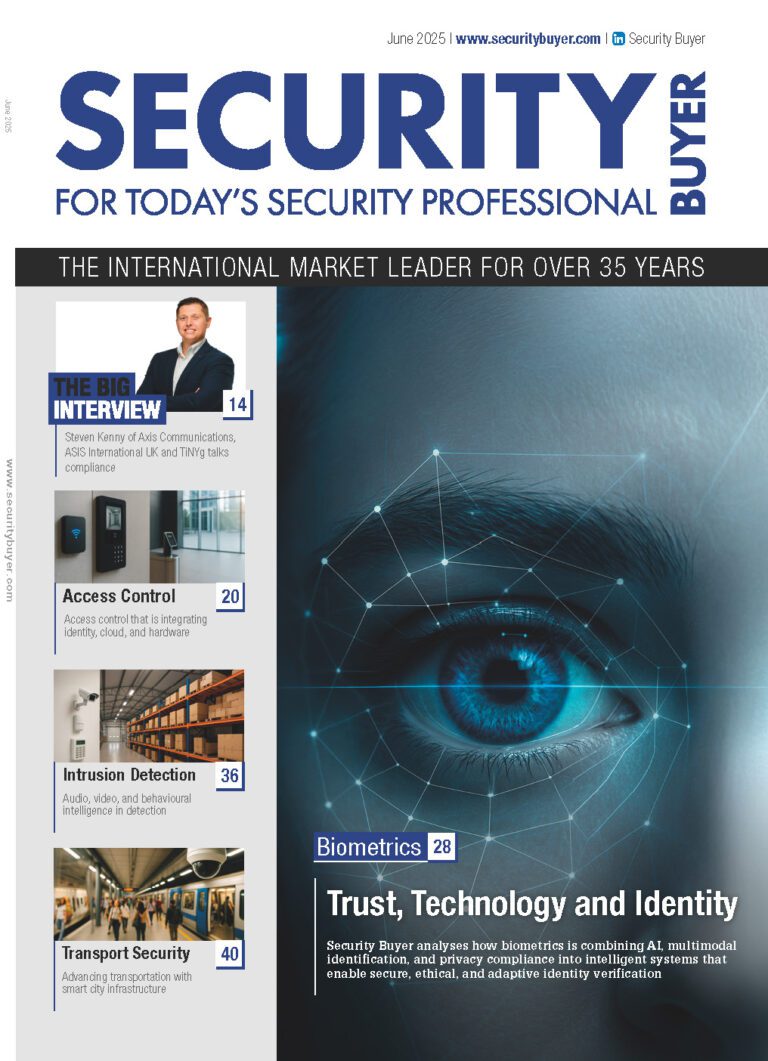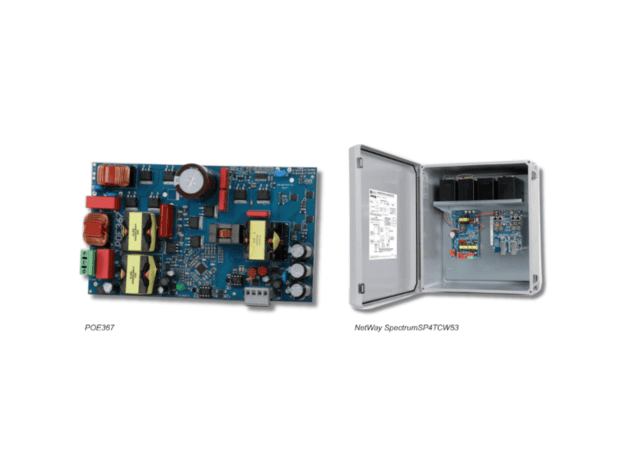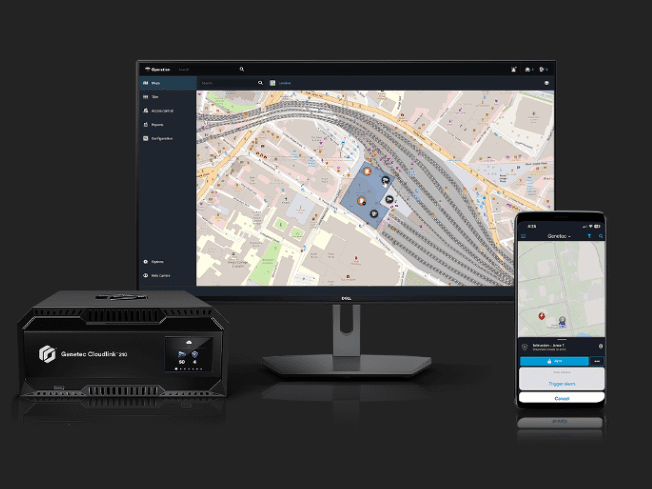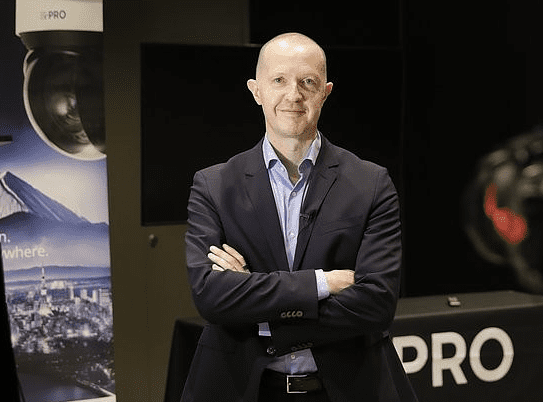Tracy Reinhold, former Deputy Head of National Security and current CSO of Everbridge highlights the importance of communication strategies and proactive intelligence
Could you give us a brief insight into who you are?
I began my career in law enforcement, dedicating 22 years to the FBI. During my tenure, I rose through the ranks and ultimately retired as the Deputy Head of National Security in Washington DC, a role that honed my skills in managing complex security operations and strategies at a national level. Following my service at the FBI, I transitioned to the private sector and became the first ever Chief Security Officer at Fannie Mae, which is known for its critical role in the secondary mortgage market in Washington DC.
At Fannie Mae, I was exposed to Everbridge’s services as we were a client of theirs. My experience as a customer allowed me to see firsthand the value and impact of Everbridge’s technology in the security space, which influenced my decision to join the company. At Everbridge, I am not in a conventional Chief Security Officer role; my responsibilities extend beyond typical security tasks. I am actively involved in developing and implementing our security strategy, ensuring it aligns with business objectives and enhances our operational resilience. I also interface directly with our customers, providing them with strategic insights and support, especially to other Chief Security Officers. Additionally, I serve as an evangelist for leveraging technology in security practices, promoting innovative solutions that advance our field. This role allows me to blend my extensive security experience with forward-thinking technology applications to enhance our company’s and our clients’ resilience and safety.
We are here to talk about business resilience. If a business has discovered a potential threat from a single source, what would you recommend they do?
The initial step is to pause and thoroughly assess the information received. It’s crucial to not rush into a reactive stance. In dealing with potential threats, especially those that may seem urgent or severe, the verification of information is key to forming a rational response. Multi-source authentication plays a vital role here; it allows you to validate the credibility and seriousness of the threat.
When the threat emerges from less reliable sources, like social media—which is known for its rapid dissemination but lower reliability—it becomes imperative to corroborate this information through more reliable channels. This could involve cross-referencing with open-source communications, consulting mainstream media outlets, or engaging directly with local or national law enforcement agencies.
Such a comprehensive review process is essential because it prevents the organisation from making precipitous decisions based on possibly inaccurate or incomplete information, which could lead to actions that might negatively impact the business. This strategic patience ensures that any response is well-considered, measured, and appropriately scaled to the actual level of threat, thus safeguarding the business against overreaction and its potential repercussions.
Can you discuss the importance of proactive intelligence and technology in handling threats?
Proactive intelligence is crucial as it empowers us to anticipate and prepare for threats before they escalate into significant issues. By harnessing the power of AI and machine learning, we can sift through and deconflict a vast amount of intelligence from our extensive network of over 25,000 sources. This technological capability not only speeds up our access to critical, actionable information but also enables us to form effective mitigation strategies well in advance of potential disruptions.
Moreover, the integration of these advanced technologies with traditional physical security systems dramatically enhances our overall security posture. For example, when AI is combined with video surveillance systems, it greatly improves our ability to detect and respond to threats promptly. This synergy allows for a more dynamic defense mechanism against a variety of threats, providing a robust security framework that is proactive rather than reactive. By leveraging both cutting-edge technology and conventional security measures, we ensure a comprehensive and preemptive approach to organisational safety and resilience…
Read the full article for free in our latest issue here.
Never miss a story… Follow us on:
Security Buyer
@SecurityBuyer
@Secbuyer
Media Contact
Rebecca Morpeth Spayne,
Editor, Security Portfolio
Tel: +44 (0) 1622 823 922
Email: [email protected]


